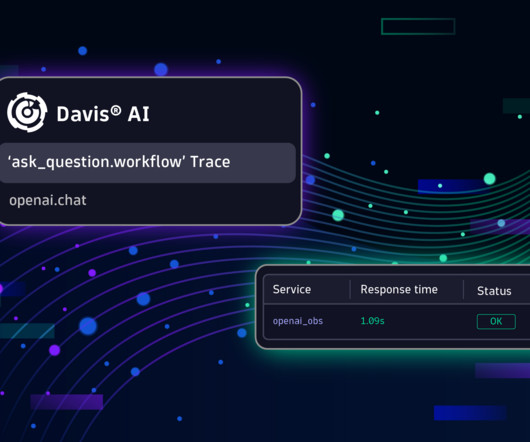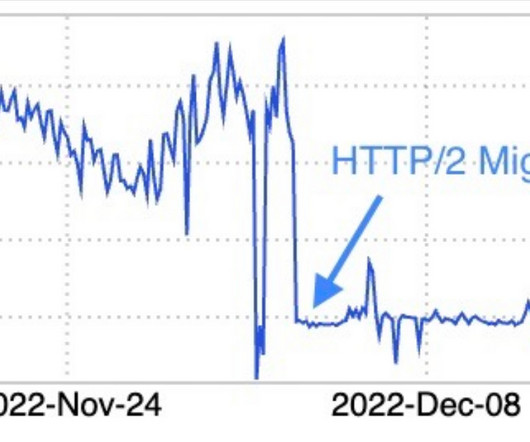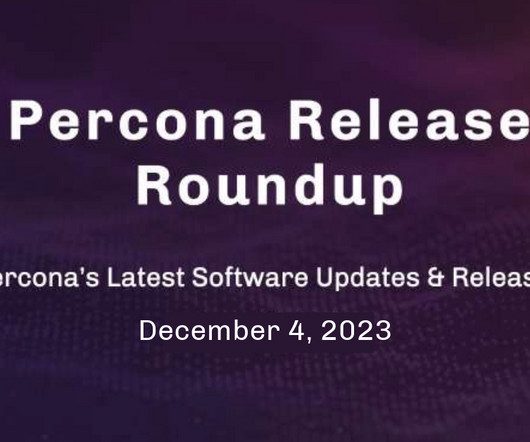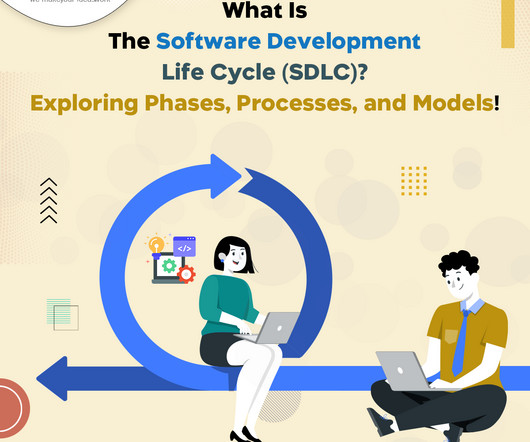From Docker Swarm to Kubernetes: Transitioning and Scaling
DZone
DECEMBER 4, 2023
In the ever-evolving landscape of container orchestration, the shift from Docker Swarm to Kubernetes has become a significant trend. As organizations seek more robust, scalable, and reliable solutions for deploying and managing containerized applications , Kubernetes emerges as the clear frontrunner. This article delves into the nuances of transitioning from Docker Swarm to Kubernetes, focusing on best practices, strategic considerations, and the scaling advantages Kubernetes offers.
















Let's personalize your content